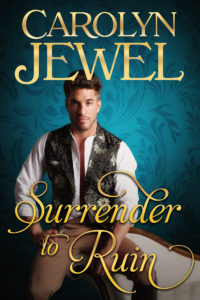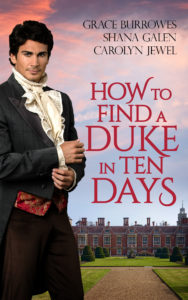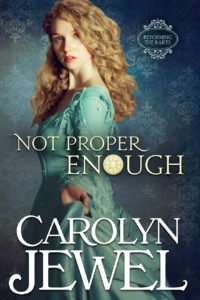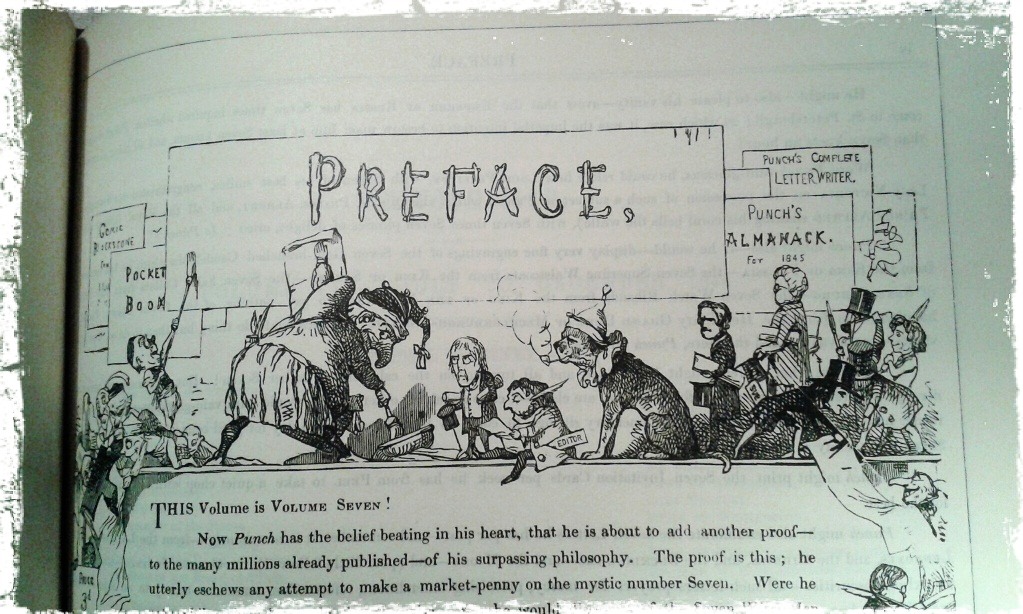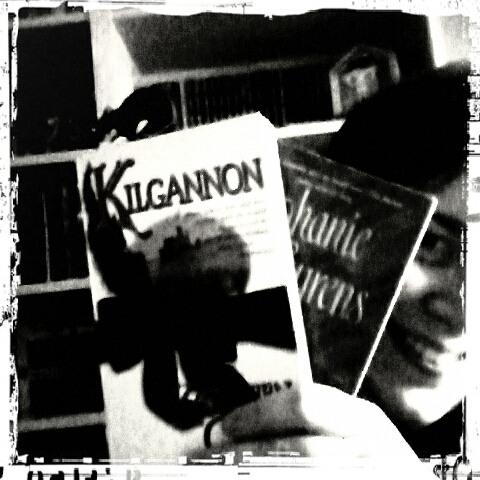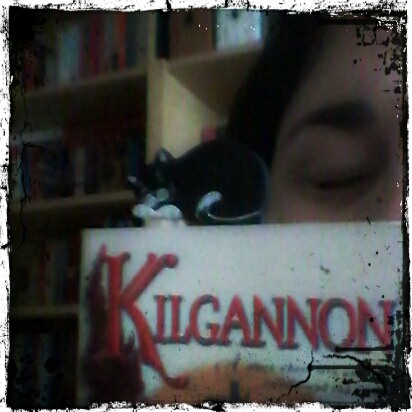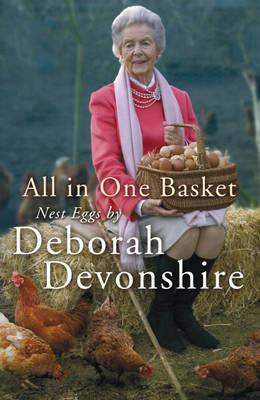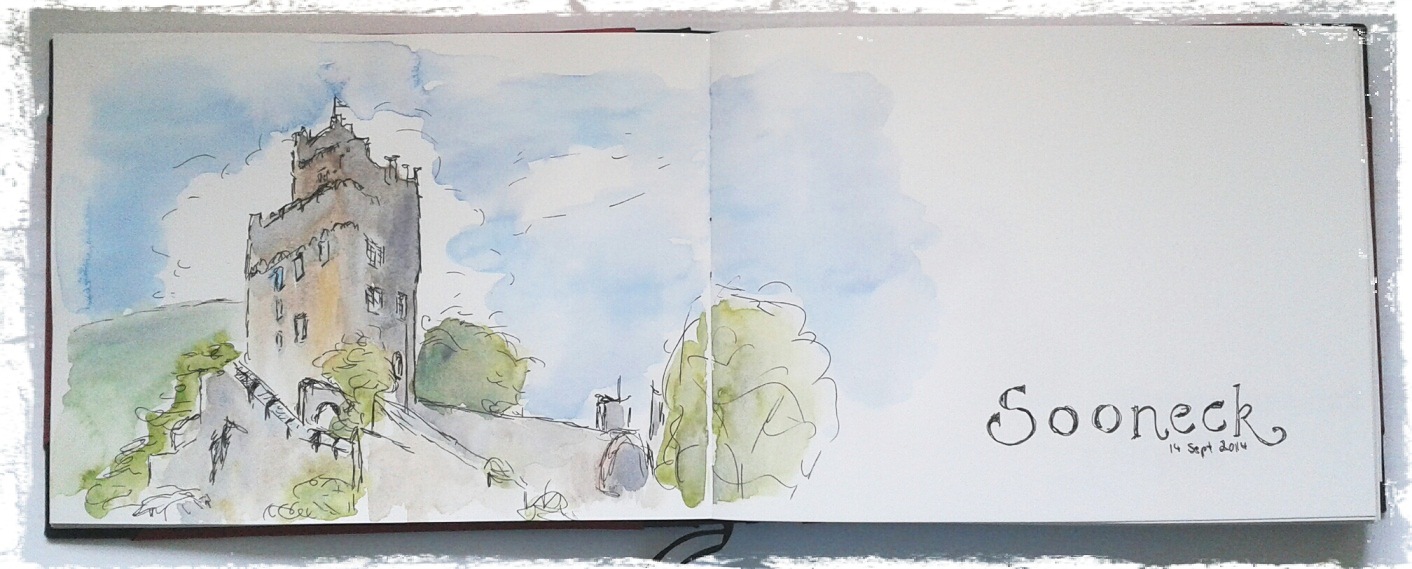Hello there. Carolyn Jewel here. I am cautiously hopeful that I’ll be able to post here regularly now that my life is less hectic than it has been for the last couple of years. Since it’s been a while, let’s catch up!
My son officially graduates from college at the end of this week (March 23, 2018) and starts a full time job next week. Cue the happy dancing! Oddly, I am finding ways to stress about this.
I’m almost caught up on a long-standing sleep deficit. It’s scary how you can “adjust” to this and then scarier when you realize how you hadn’t really adjusted at all…
I’ve been making friends with Freddie, my sister’s macaw. I’ve written a few posts about this very interesting and rewarding process over at my blog: Making Friends with Freddie
It’s good to be back. I’ve missed being here.
Before I get into the writing-related information, what have you been up to? Let me know in the comments.
Writing
I did manage to publish some historical stories while I was working on keeping my head above water.
In the last quarter of 2017 I put out Surrender to Ruin, Book 3 in my Sinclair Sisters series.
The first two books are Lord Ruin, and A Notorious Ruin.
iBooks | Amazon | cJewel Books | Google Play | B&N | Kobo | Smashwords | Print
I also published The Viscount’s First Kiss, a historical novella in the anthology How To Find a Duke in Ten Days.
You can get the anthology at the links below. My novella will be available as a standalone story sometime next week. The anthology has stories by Grace Burrowes and Shana Galen. Our stories all feature the search for a possibly mythical ancient manuscript.
iBooks | Amazon | Google Play | B&N | Kobo | Print
I also got reversions for Not Wicked Enough and, in a bit of a surprise very recently, Not Proper Enough.
iBooks | Amazon | cJewel Books | Google Play | B&N | Kobo | Smashwords | Print
This is of interest (I hope) mostly to US and Canadian readers. Berkley Books had North American rights so I have long had both books out everywhere else. Now all the versions are the same.
In case anyone made it all the way down here, THANKS!
What have YOU been up to? Let me know in the comments.

